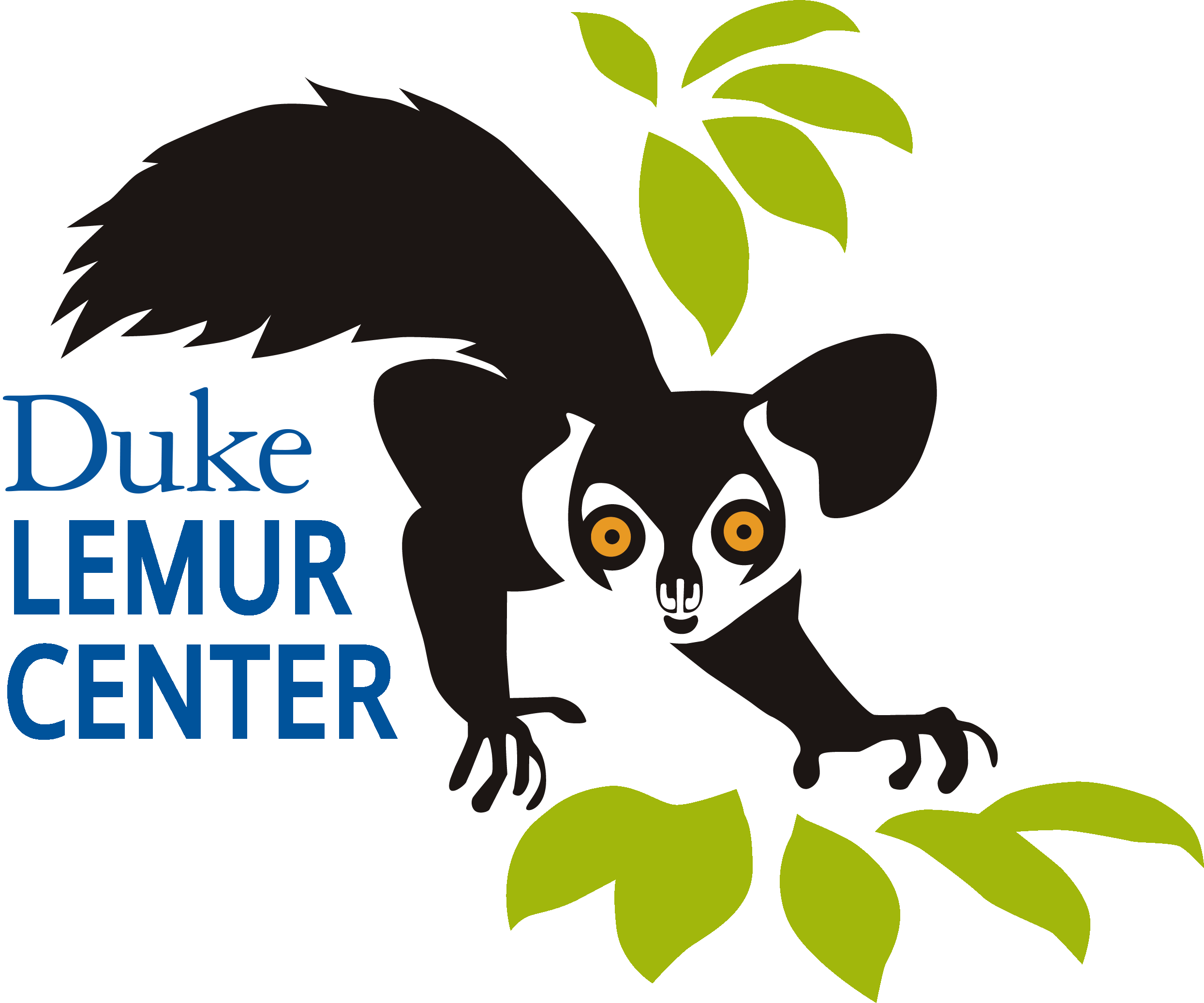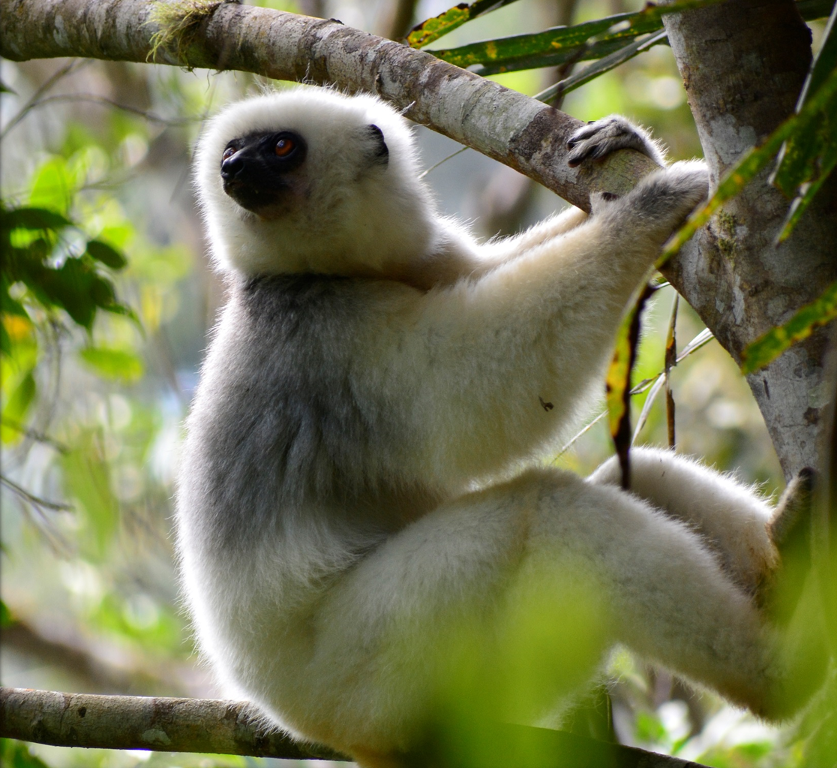VIDEO: Studying Dwarf Lemur Hibernation
One of the hallmarks of the Lemur Center’s research program is that it is non-invasive: We never allow research that hurts an animal or causes undue stress. But what does non-invasive research look like, and how can we use it to learn more about lemurs here and in Madagascar? In this video, we dive into […]





